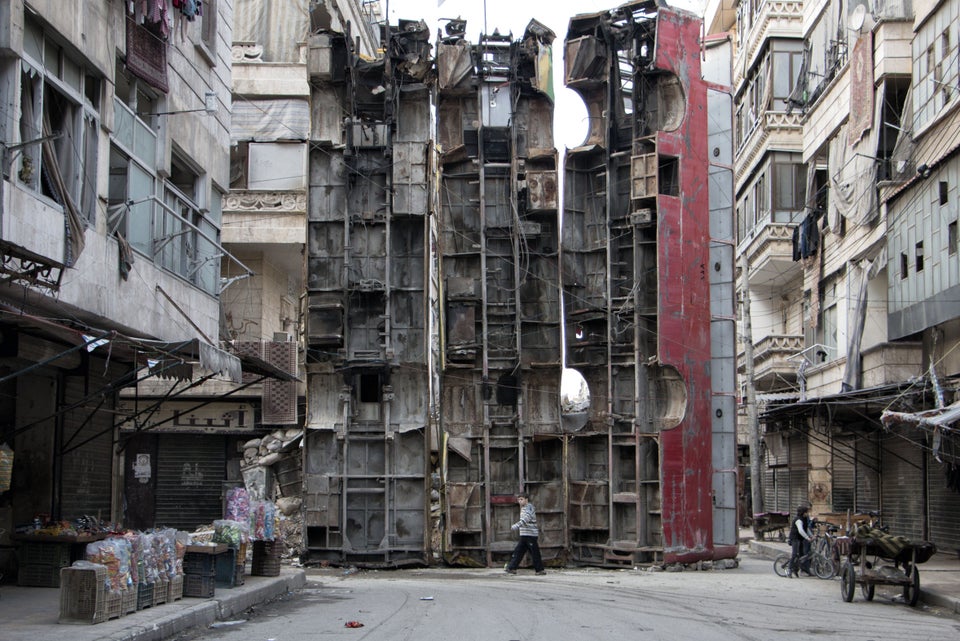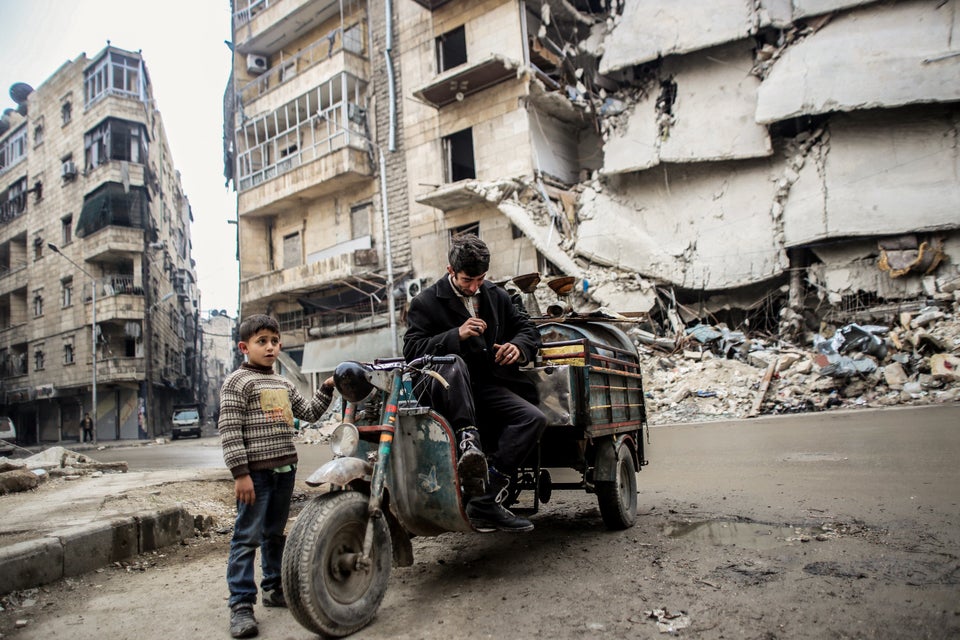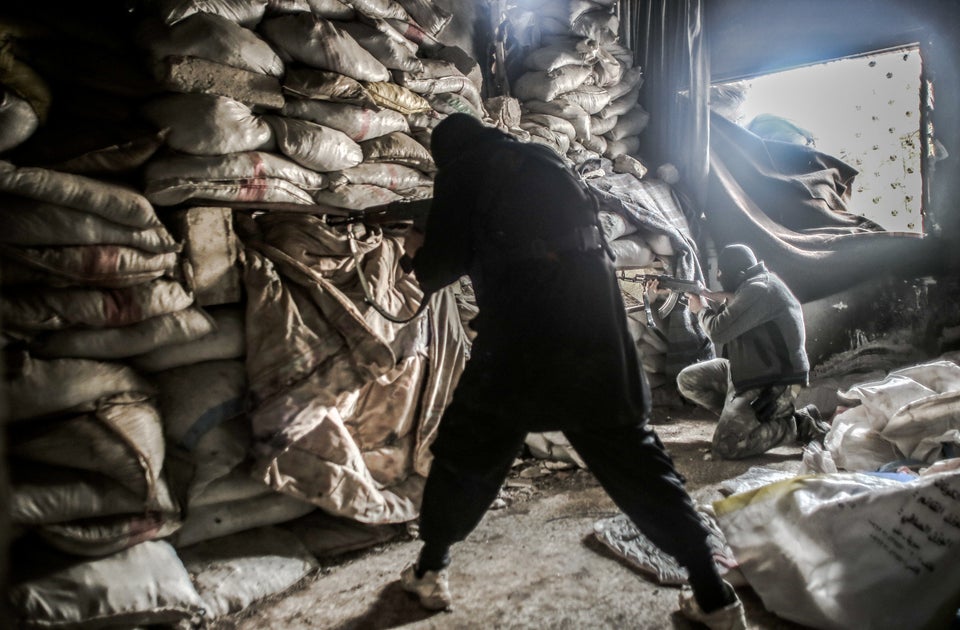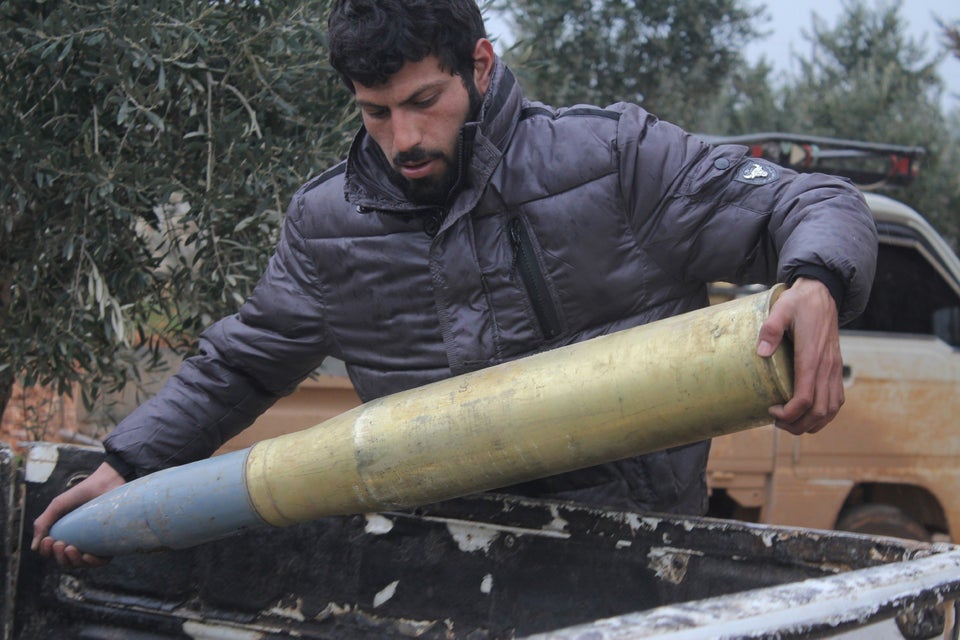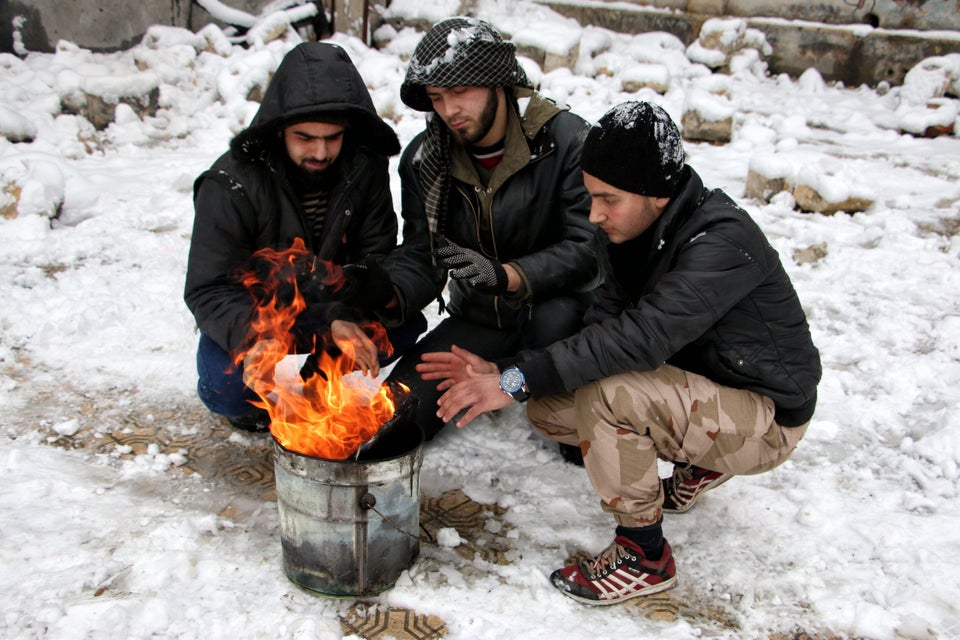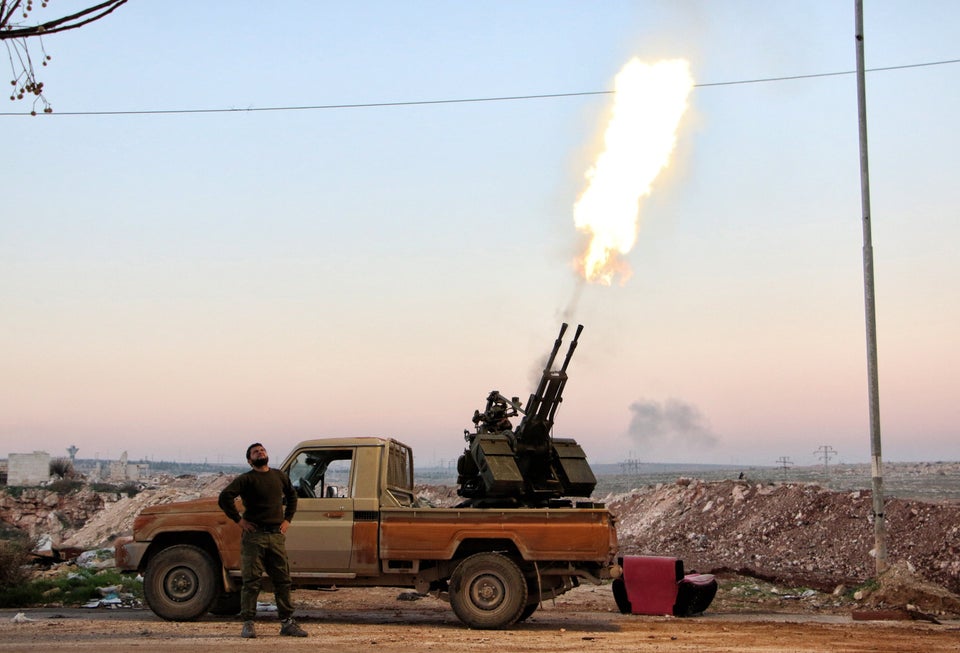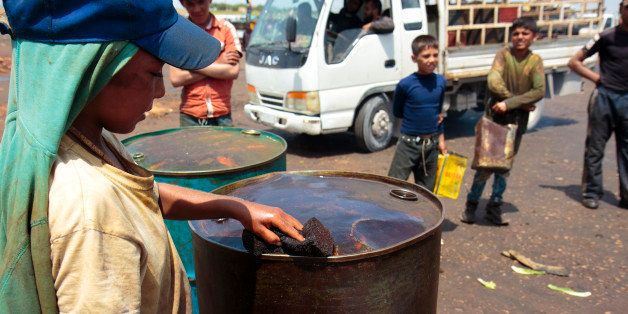
The ongoing humanitarian crisis in Syria has taken a toll on the lives of children who have remained there, as well as the estimated 2 million refugee children in surrounding countries.
According to a new report released Thursday by UNICEF and Save the Children, the widespread poverty in the region that’s resulted from the Syrian unrest has “greatly exacerbated” the practice of child labor, with children increasingly playing the role of the main or even sole breadwinner for desperate households with few other options to consider.
Many Syrian children have been forced to forego their education -- about 2.8 million are estimated to be out of school -- while working in dangerous environments that, at their worst, exposes them to child recruitment for fighting with armed groups, or sexual exploitation, according to the report. Their withdrawal from school puts them at particular risk of remaining in poverty as they grow older.
“Child labor hinders children’s growth and development as they toil for long hours with little pay, often in extremely hazardous and unhealthy environments,” Peter Salama, UNICEF regional director for the Middle East and North Africa, said in a news release. “Carrying heavy loads, being exposed to pesticides and toxic chemicals, and working long hours -- these are just some of the hazards working children face every day around the region.”
More than three-quarters of Syrian refugee children now living in Iraq are working to support their families, according to the report. In Jordan, almost half of the Syrian refugee families surveyed reported having a child-breadwinner. The child workers start at an early age -- in Lebanon, children as young as 6 are working, while in the Jordan Valley, nearly one in five children working in agriculture who were surveyed was under the age of 12.
Often the child workers are paid half of what an adult would be paid for the same work, according to the report. In the Bekaa Valley of Lebanon, child workers earn $4 a day to harvest potatoes and are often abused verbally and physically. In Jordan’s Za’atari refugee camp, young workers push a wheelbarrow or sell tomatoes for around $12 a day and 20 percent of those surveyed reported physical abuse including beatings.
“Syria’s children are paying a heavy price for the world’s failure to put an end to the conflict,” the report read.
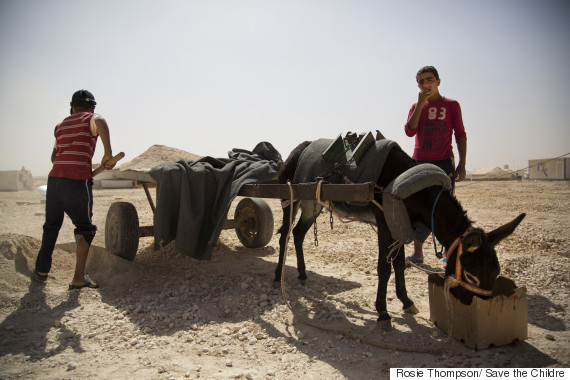
Children working at the Za'atari camp in Jordan are digging sand to sell for building material. (Rosie Thompson/ Save the Children)
The worsening conditions for many children in the region makes the work of UNICEF, Save the Children and other partner organizations’ No Lost Generation initiative, launched in 2013, all the more crucial.
The initiative aims to increase school enrollment and the quality of education for youth in the region, in addition to broadening vocational training and other learning opportunities for children and adolescents, and addressing gender-based violence and other specific needs of adolescent girls.
According to its 2014 report, the initiative has had some success with 440,000 more children in Syria going to school compared to the previous year. The report credited the creation of protective temporary learning spaces within the country and the distribution of school supplies among the factors contributing to the increase.
In order to get more children back to school, the UNICEF/Save the Children report outlined four goals going forward. These included encouraging more income-generating activities for adults, pushing for funding toward improved access to safe and effective schooling, increasing research on the worst forms of child labor and developing programs to stop them and further investing in existing child protection services.
Almost 170 million youth are estimated to be trapped in child labor worldwide, with few educational or well-paying employment opportunities in front of them, according to an International Labor Organization report released last month. Though this represents a decline of one-third since 2000, there is still a lot of work to be done and experts say access to quality education is key to ending the exploitative practice.
To take action on pressing education issues, check out the Global Citizen's widget below.
Related
Before You Go
